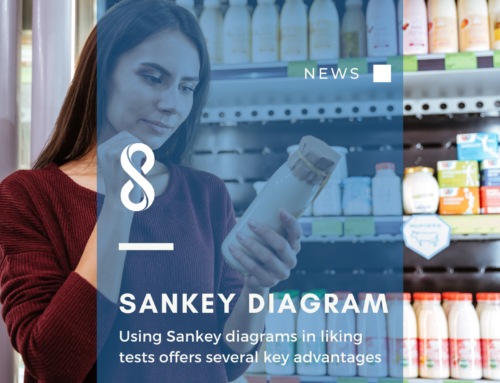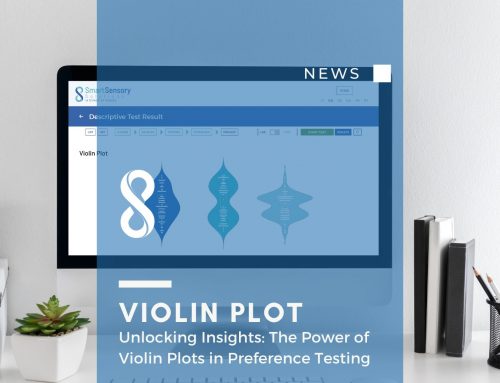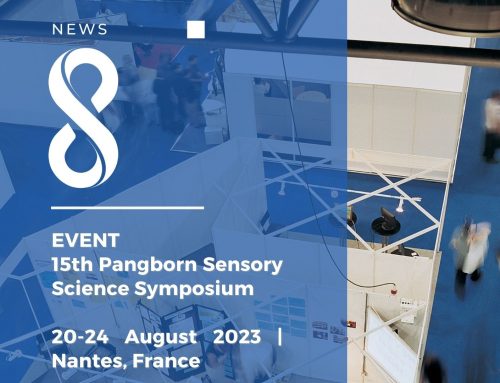Sensory analysis drives sales?
The organic production techniques are increasing wine worldwide, due to the ever-growing awareness of the consumer and to a greater attention to the environment on manufacturing company’s side. Also, it is most often the best expression of both the grape and also the terroir, the land and environment in which it is grown.
Chianti DOCG is one of the symbolic wines of the Italian tradition.
Produced in the homonymous territory, in Tuscany, its existence dates back to medieval times. Since 1927, the producers of this fine wine have been united in a Consortium: “Consorzio del Vino Chianti” that nowadays contributes to its promotion, making it known all over the world.
One of the companies from the Consortium decided to partner with Smart Sensory Solutions with the goal to be the first Tuscan winery to achieve the “Organic” certification in Brasile.
The result was achieved through a clever use of consumer analysis techniques and thanks to the combined work of several profiles within the company: from the oenologist to the export manager to the quality control experts. In this way, the winery has managed to start the distribution of its bottles in Brazil and to support its importers in the various sales phases.
The exported wines’ denomination are Toscano Rosso IGT, Toscano Bianco IGT and the Chianti DOCG which is produced with organic techniques. This latter label matches an increasing consumer sensitivity towards environmental issues and sustainable production techniques. Awareness of new market trends remains an important starting point in the launch of export strategies.
Analyse, decide, plan. The applications of Sensory Analysis to marketing.
Before making an investment that will necessarily imply some changes in the production methods of the company, it is necessary to make sure that the market recognizes an added value and that it is also willing to pay a premium price for a bottle of organic wine compared to another bottle, bearing the same denomination, but manufactured with the ordinary criteria.
Therefore, at the behest of the Export Manager Matteo Sorelli, the company started a testing program with the end customer, adopting consumer science techniques in collaboration with Smart Sensory Solutions.
Consumer tests: which wine should we export?
The test took place during an event with a panel of Brazilian consumers. The panel manager applied the following methods to understand consumer’s perception of organic wine:
Test everywhere in the world, data in real time in your office.
The tests were delivered on the go, thanks to the Smart Sensory box software, which allows you to quickly configure and deliver tests even outside a dedicated laboratory, in non-formal environments such as fairs, exhibitions, tasting sessions. The test participants were able to carry out the evaluation using their smartphones, thanks to the QR code linked to the test generated by the Smart Sensory box.
All these efforts made it possible to market these wines in the states of Sao Paulo, Paranà, Minas Gerais and Santa Catarina in Brazil. The product is sold not only through large retailers but also in the Hotels, Restaurants and Catering channel.
This experience of validating a product in a new market fits perfectly into one of the most interesting fields of application of sensory analysis and consumer science, so much so that in the next European conference, EUROSENSE 2022, one of the topics of discussion, titled Sensory Food Terroir, will be precisely that of traditional products and the enhancement of their sensory properties.
Smart Sensory box can support companies in the wine sector in the search for the perfect product, providing our know-how and our platform for data collection and processing.
Want to know more? Ask us for information on our website https://www.smartsensorysolutions.com/application/#contact-us




